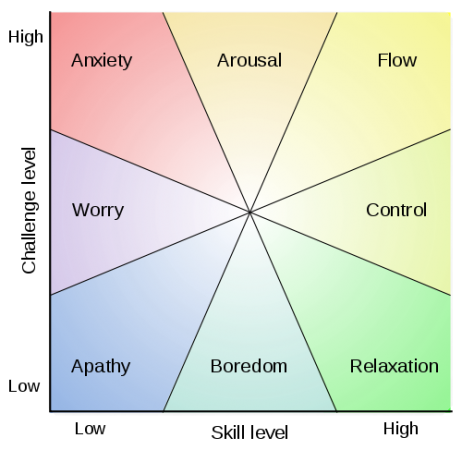Jonathan Wai wonders, “Why Is It Socially Acceptable To Be Bad At Math?” After all, it’s not socially acceptable to be illiterate.
The cultural norm that it’s okay to be bad at math has deleterious effects on student motivation. I’ve seen it myself. One parent of an excellent, hard-working student confessed that it was probably her talking about how bad she was at math that helped her kid feel like they didn’t need to work that hard at the subject; especially since the student didn’t think that they were going to use the math anyway.
Some think that the solution is to use a more integrated curriculum and teach, “a math curriculum that focused on real-life problems,”:
Imagine replacing the sequence of algebra, geometry and calculus with a sequence of finance, data and basic engineering. In the finance course, students would learn the exponential function, use formulas in spreadsheets and study the budgets of people, companies and governments. In the data course, students would gather their own data sets and learn how, in fields as diverse as sports and medicine, larger samples give better estimates of averages. In the basic engineering course, students would learn the workings of engines, sound waves, TV signals and computers. Science and math were originally discovered together, and they are best learned together now.
— Garfunkel and Mumford, 2011: How to Fix Our Math Education in the New York Times
— ↬ The Dish ↬ Finding the Next Einstein
Which seems like a good idea — more of an apprenticeship-style approach to math — but there still needs to be some space for the wonderful elegance of some of the apparently more abstract math. More real world applications could certainly be incorporated into the current curriculum, but it would be short-changing our students if we just left math for problem solving and did not delve a little into the principles behind the mathematical techniques they’re using in a more general way.
